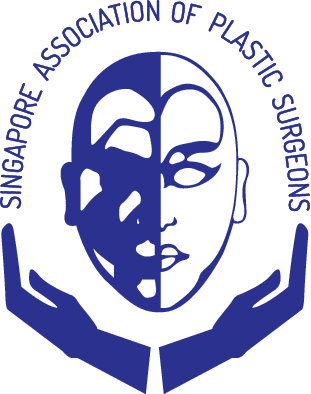Aesthetic Ear SurgeryContributed by Dr Lee Hanjing
There are several conditions of the ears that can be easily treated:
1. Prominent Ears
2. Folded Ears / Cupped Ears
3. Constricted Ears
Anomalies in ear shape are actually a relatively common problem that are often neglected as it does not affect the hearing functionality. They are seen as early as the child is born and generally continue to persist as they age. It can affect the self-esteem and confidence of the individual and in severe cases affect wearing of glasses or sunglasses.
This condition does not improve over time. In fact, the deformity may actually become more pronounced. There are several options of management based on the age group of such individuals.
The best age group for treatment is when they are newborns to several days to weeks old. This is when the ear cartilage is most moldable and amenable to non-surgical intervention of ear moulding with appliances.
Another optimal timing for treatment is when they are between 5-8 years old, before they enroll for primary school. This is to reduce the potential taunts and teasing that they may encounter. However surgical intervention is required for this group as the ear cartilage has hardened and is no longer responsive to moulding. Following this, the ear can be surgically managed at any age as long as the cartilage is relatively pliable.
The consultation
The ear shape and symmetry will be assessed in the clinic. The deformities will be highlighted to the patient and the parent and options of management proposed.
Preparing for Surgery
Ear Moulding
The baby should already have had a ear test conducted after delivery and the plastic surgeon will ensure that there are no concerns prior to embarking on ear moulding.
Surgical Intervention
This is generally done as a day surgery procedure. The patient can be discharged home on the same day with adequate care advice and follow-up visits. It is generally performed under general anesthesia for younger children but in adults, it can also be performed under local anesthesia.
The surgical procedure
Ear Moulding
In the newborn to several weeks old baby, the primary treatment will be that of ear moulding. This is usually done with a device, for example Earwell. This device is to be worn continuously for between 4-6 weeks as the ear cartilages are gently moulded with the soft silicone retractors over time. The results are generally more successful the earlier the moulding process is started.
The baby will be reviewed weekly by the plastic surgeon to clean the ears, assess for success of the moulding process and to alter the retractors when necessary to effect the moulding results.
Surgical Intervention
Incisions are planned to be well hidden, either behind the ears or within the natural folds of the ears to allow the scars to be less visible. The cartilages are corrected surgically via several methods which includes scoring or rasping the cartilage (making cuts on the cartilage to alter the shape) or placing sutures to hold the cartilage in the desired position. The ears will be dressed and covered with a padded dressing following surgery to ensure that the newly created position is well maintained during the healing phase.
Post operative
Ear Moulding
In our humid climate, the adhesive tapes used to affix the mould to the ear may come loose prior to the next review. Parents will be taught how to stabilize the device in the interim.
The device should not be wet.
As the device is soft, it does not affect the baby even if he lies on it.
Surgical Intervention
The padded dressings should be kept on and dry until the patient is being reviewed by the plastic surgeon. Should there be severe or sudden pain in the ears, the patient should contact his plastic surgeon for an earlier assessment. This dressing is generally kept on for 1-2 weeks duration. Adequate analgesia and/or antibiotics will be prescribed upon discharge.
Sporting activities or contact sports should be avoided for a specified duration, usually about 3-4 weeks.
Risk and Complications
Ear Moulding
There are no significant risks to the child when the device is applied. It does not affect development of hearing or growth of the ear. Occasionally pressure from the retractors may cause a superficial skin ulceration, which will resolve spontaneously.
Babies who are started on ear moulding later may not have as successful results.
Surgical Intervention
Some common and minor complications include that of bruising, swelling, discomfort and bleeding. These generally self-resolve over time. The scars that form can be improved with adequate scar management. However some patients may develop hypertrophic or keloidal scars. These will be managed appropriately by their plastic surgeon.
More severe complications can include hematoma, exposure of the cartilage and possible infection of the cartilage. These may require further intervention for management.
